From kindergarten through high school, these formative years are a time of rapid learning: a period of setting the foundation for critical thinking, attaining new knowledge, preparing students to graduate and ultimately, to go out into the world as leaders of the next generation.
Despite the best intentions of our most talented educators, the US public school system too often misses the mark on language learning: most students graduate from high school entirely monolingual even in an era when foreign languages are increasingly required by employers. The ones that speak a second or third language often only do because they speak another language at home, not in the classroom.
Training our future leaders starts early, and training these students early on in languages should be the norm, not the exception. No matter what grade you teach or type of school you work in, there are steps you can take to make world languages a part of the school experience for your students.
In our global landscape, the ability for all professionals to communicate across cultures will be a defining feature of our future economy.
POST SIGNS IN MULTIPLE LANGUAGES AROUND SCHOOL
Start simple. Get your students more acquainted with the multilingual nature of the US by adding signs with multiple languages around the school. Hosting an upcoming event? Add the event translation in Hindi, Spanish, and Urdu. Create signage in various languages for spaces around your school like the cafeteria, auditorium, and classrooms.
With few extra resources, students will learn new vocabulary in another language and gain exposure to scripts other than the Latin alphabet. This is also a great method to enable students with different native languages to feel welcomed and empowered at school.
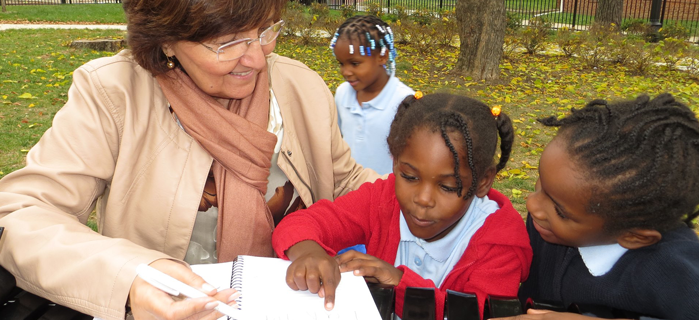
LEVERAGE FOREIGN LANGUAGE SPEAKERS IN THE COMMUNITY
Chances are, your community has speakers of world languages. Ask around at your school for students, teachers, parents, or administrators that speak another language. Consider how they can they share their language with your students.
And don't stop inside school walls. Take a look at your community at large: elected officials, artists, professional athletes, or business owners may have language skills that help them in their career or their daily lives. Invite them to your school to discuss their career choices and how language has enhanced their lives and careers you never know who may become your students' next role model.

CELEBRATE LANGUAGES
In addition to inviting people from the community to share their language and how they've used it in their life, consider hosting language-themed days throughout the school year to highlight different world languages.
Want to teach your students about Arabic? Find a local Arabic speaker to teach an introductory Arabic class and play games using basic Arabic words. Invite a local chef or restaurant owner to give a cooking demonstration of cuisine from the Arab world. Listen to music in the target language. Look at maps of the region. Enlist other native speakers to share stories about their language and culture. Offer extra credit for students who take free Arabic classes online via platforms like Duolingo in advance. Most importantly, make it a celebration and engage your students in learning about the world.
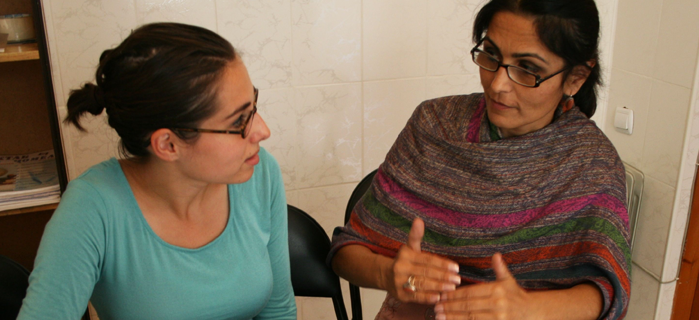
DEVELOP LANGUAGE PARTNERSHIPS
Connect with multilingual students pursuing degrees in teaching at local colleges and universities. Develop a partnership with a local college to allow students who are interested in becoming teachers to receive college credit or a special certificate for teaching their language at your school whether in a classroom or as an after-school program.

OFFER AFTER-SCHOOL LANGUAGE ACTIVITIES
Host language clubs where students can watch movies and TV shows or listen to stories and podcasts in a foreign language. Open up the school computer lab for students to study languages on free platforms like Duolingo or Coursera. Even if you don't have the resources to start an Arabic club, a Chinese club, or a Spanish club, you can launch a general language club to expose students to different world languages.
Bonus points for your school if students can earn extra credit in a class for completing language courses on Duolingo!
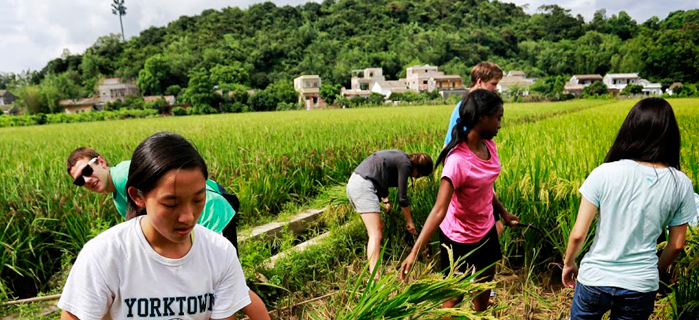
PLAN MULTICULTURAL FIELD AND SERVICE TRIPS
Think about the multicultural nature of your own community: plan trips to ethnic restaurants and meet with the chef; start a conversation with diaspora organizations; host an international dinner for those who need a meal. If you have enough students learning a specific language (or have a group of students who already speak it), you could even organize volunteer projects for them to reach out to that specific language community.
In each excursion, discuss how foreign languages are used. Your students may be surprised to learn that not everyone speaks English at their workplace and that their language skills may have even furthered their career.
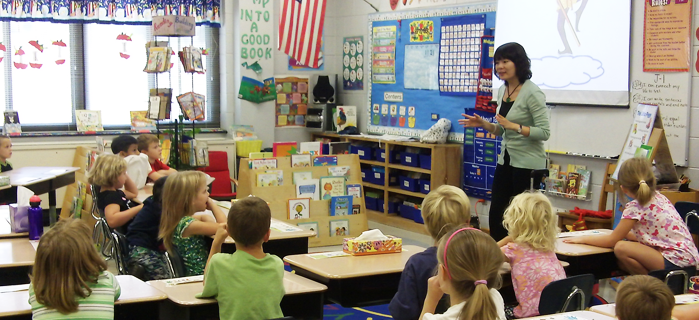
ADVOCATE FOR DUAL LANGUAGE IMMERSION PROGRAMS
Dual-language immersion programs offer one of the most valuable methods of closing the gap on academic performance between native English speakers and non-native English speakers. A four-year study on dual-language immersion students in Portland Public Schools revealed that students in the program performed an entire grade year ahead in English-language reading by the eighth grade than their non-immersion peers: an outstanding gain for this traditionally underserved population. Even if your school is mostly monolingual, the cognitive gains from learning another language at any age are significant.
Advocacy groups like the D.C. Language Immersion Project have compiled resources to make the case for dual-language programs in your school and how to get started. Dual language programs not only benefit your multilingual students but will also give English-speaking students the chance to develop foreign language skills that are essential for global competency.

HOST AN ARABIC OR CHINESE LANGUAGE TEACHER FROM EGYPT OR CHINA
What could be better than exposing your students to a native speaker and professional teacher of two of the world's most critical languages? The US Department of State makes this possible through the Teachers of Critical Languages Program (TCLP) by matching Egyptian and Chinese teachers with schools across the US for an academic year.
Virtual exchange programs and teaching resources from organizations such as the Qatar Foundation's I Speak Arabic initiative and the US-China Strong Foundation can further enhance programming so that language lessons can continue well beyond the stay of a hosted teacher.
For schools with pockets of Arabic and Chinese speakers, hosting an Egyptian or Chinese teacher could result in increased use of students using their native language at school, greater acceptance of the language within the school community, and a budding interest in Chinese and Arabic culture.
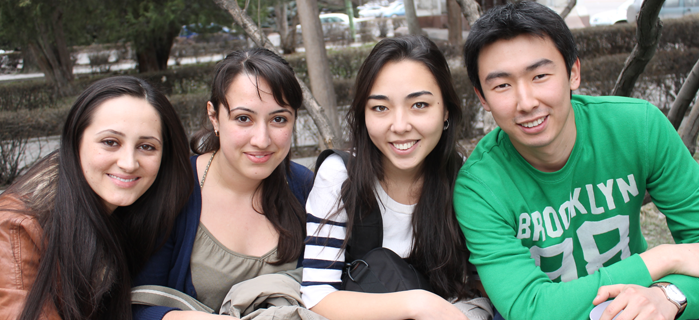
WELCOME EXCHANGE STUDENTS FROM OTHER COUNTRIES
Consider bringing high school exchange students from traditionally harder-to-navigate countries to your school for an academic year. Just like exchange teachers, exchange students can increase the language and cultural diversity in the classroom.
Programs like the Youth Exchange and Study (YES) and the Future Leaders Exchange (FLEX) select exceptional students from across the Muslim world and the former Soviet Union to spend a year living and studying in a local high school in the US These students are often ambassadors for their home country and their home language and could bolster your efforts to increase inclusion of a language in your school.
.png)
SHARE SCHOLARSHIPS TO STUDY LANGUAGE WITH YOUR STUDENTS
There is an abundance of scholarship opportunities for high school students to study languages in immersive environments even without prior language experience. But it's important that students learn about these opportunities early so they are prepared to apply for these competitive programs.
The National Security Language Initiative for Youth Program (NSLI-Y) offers full scholarships for high school students to study five critical languages in immersion environments and is sponsored by the US Department of State.
The US Department of State also sponsors the YES Abroad Program, which offers full scholarships for high school students to spend a summer or academic year immersing themselves in another culture and includes intensive language study.
And for students who may be juniors and seniors in high school, it could be very motivating for them to learn about the plethora of scholarship opportunities available to undergraduate students to study critical world languages abroad. The more your students know, the more informed they can be when they choose their college coursework and make that decision to keep taking Spanish or Chinese. Learn more about scholarship opportunities to study world languages at LanguageMatters.World.
How are you making world languages a part of the K-12 school experience? Share your story with us and stay updated at LanguageMatters.World.

